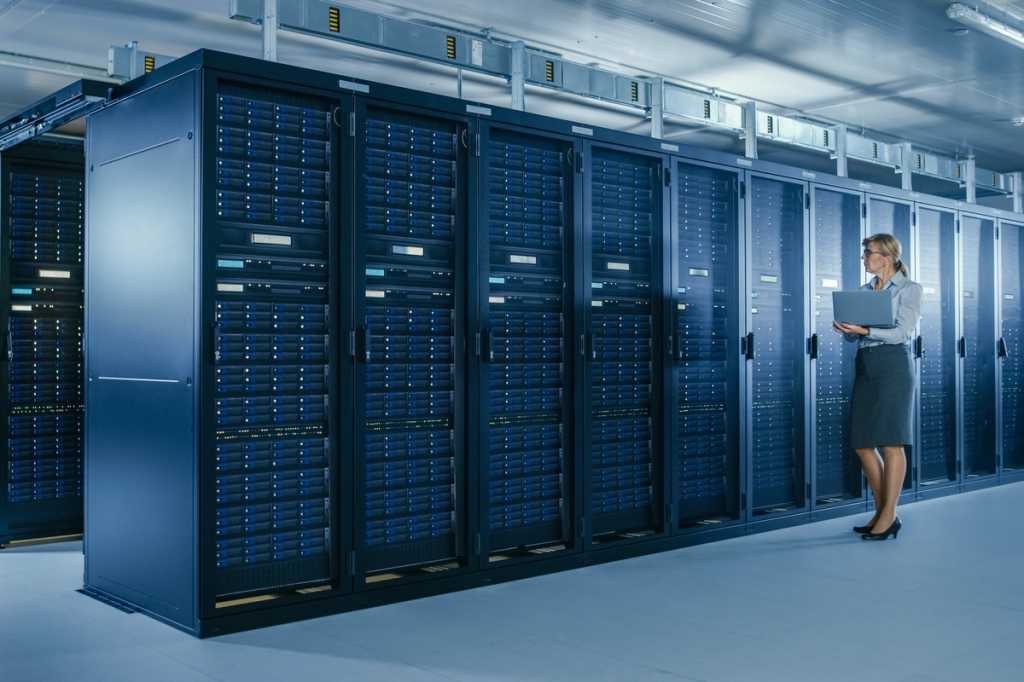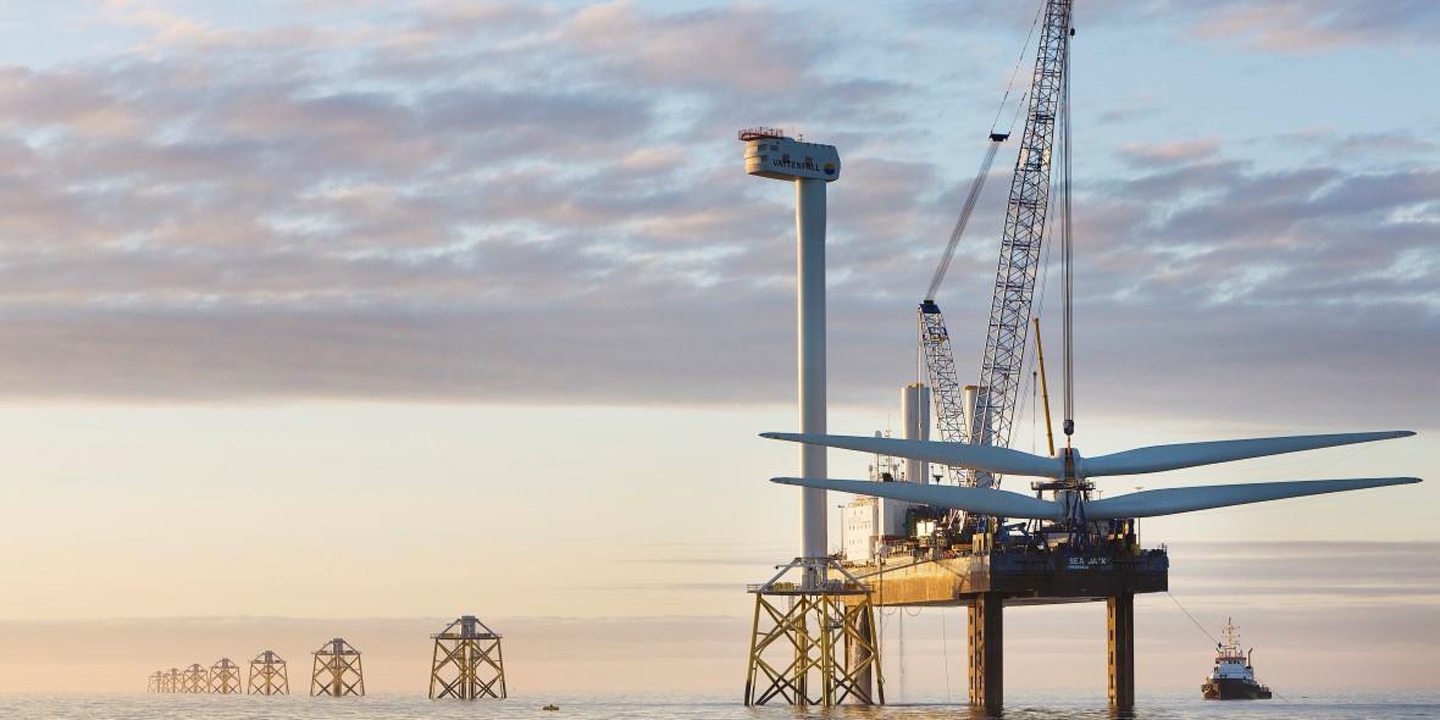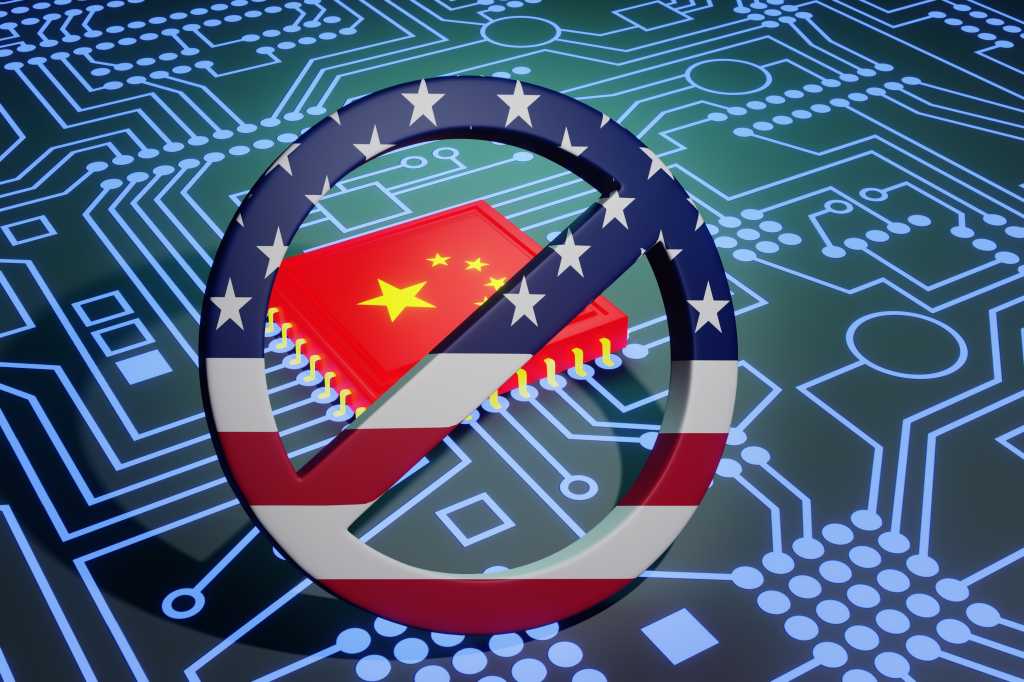
Phillips 66 has completed the acquisition of EPIC Y-Grade GP LLC and EPIC Y-Grade LP for about $2.2 billion, boosting its midstream footprint in the Permian Basin.
The units, bought from EPIC Midstream Holdings LP, own natural gas liquids (NGL) pipelines, fractionation facilities and distribution systems.
“This transaction strengthens our position as a leading integrated downstream energy provider”, Don Baldridge, Phillips 66 executive vice president for midstream and chemicals, said in a company statement. “We are evolving our portfolio and enhancing our ability to provide seamless and efficient delivery of energy products.
“Phillips 66 will offer producers unparalleled flow assurance, while advancing a strategy that is expected to deliver attractive returns and create long-term value for our shareholders”.
The acquired operations comprise two fractionators with a capacity of170,000 barrels per day (bpd) near Corpus Christi, Texas; purity distribution pipelines stretching about 350 miles; and an NGL pipeline around 885 miles long and with a capacity of 175,000 bpd. The NGL pipeline links the Delaware, Midland and Eagle Ford basins to the fractionation complexes and Phillips 66’s Sweeny Hub, which has facilities for crude distilling, naphtha reforming, fluid catalytic cracking, alkylation and hydrodesulfurization, as well as aromatics units, a vacuum distillation unit and a delayed coking unit.
The pipeline capacity is being raised to 225,000 bpd, in a project expected to be completed in the second quarter. A further expansion has also been sanctioned to grow the capacity to 350,000 bpd; completion is expected 2026. EPIC has also put in place plans to raise the fractionation capacity to 280,000 bpd.
“The acquired assets connect Permian production to Gulf Coast refiners, petrochemical companies and export markets, and are highly integrated with the Phillips 66 asset base”, Phillips 66 said.
Announcing the agreement January 6, the company said, “Phillips 66 does not expect to increase its recently announced 2025 capital program in connection with that expansion”.
On December 16, 2024, the Houston, Texas-based downstream oil and gas company announced $2.1 billion in capital for 2025, comprising $1.1 billion for growth and $998 million for sustaining capital.
Phillips 66 expects the acquisition to be “immediately accretive to earnings per share”.
Before the EPIC agreement, Phillips 66 exceeded a $3 billion divestment plan meant to support its shareholder return target and other long-term priorities.
“We intend to continue to optimize the portfolio and rationalize non-core assets going forward”, chair and chief executive Mark Lashier said in a statement December 16, 2024, announcing an agreement to divest DCP GCX Pipeline LLC, which owns a 25 percent non-operating stake in the Gulf Coast Express Pipeline, to ArcLight Capital Partners LLC. “The evolution of our portfolio underscores our position as a leading integrated downstream energy provider, enhancing shareholder value and positioning the company for the future”.
To contact the author, email [email protected]
What do you think? We’d love to hear from you, join the conversation on the
Rigzone Energy Network.
The Rigzone Energy Network is a new social experience created for you and all energy professionals to Speak Up about our industry, share knowledge, connect with peers and industry insiders and engage in a professional community that will empower your career in energy.
MORE FROM THIS AUTHOR




















